5 Mets prospects who could make an impact in 2024
As the Mets put together their 2024 roster, president of baseball operations David Stearns has made it clear that part of their plan this year is to give runway for young players to establish themselves at the big-league level.
That certainly means regular playing time for Francisco Álvarez behind the plate, Brett Baty at third base and potentially Mark Vientos at a combination of designated hitter, third base and first base.
However, it also means getting a look at some prospects in the farm system that are reaching the upper levels and are on the precipice of the big leagues.
This has been a part of the organizational plan for the last couple of years, as the Mets have avoided free agents attached to a qualifying offer and have been very particular in what prospects they would surrender in trades.
The patience is about to bear some fruit, as I expect in 2024 to see quite a few homegrown talents -- whether highly touted prospects or not -- to get opportunities in Queens.
Here are five prospects who could make an impact on the 2024 Mets:
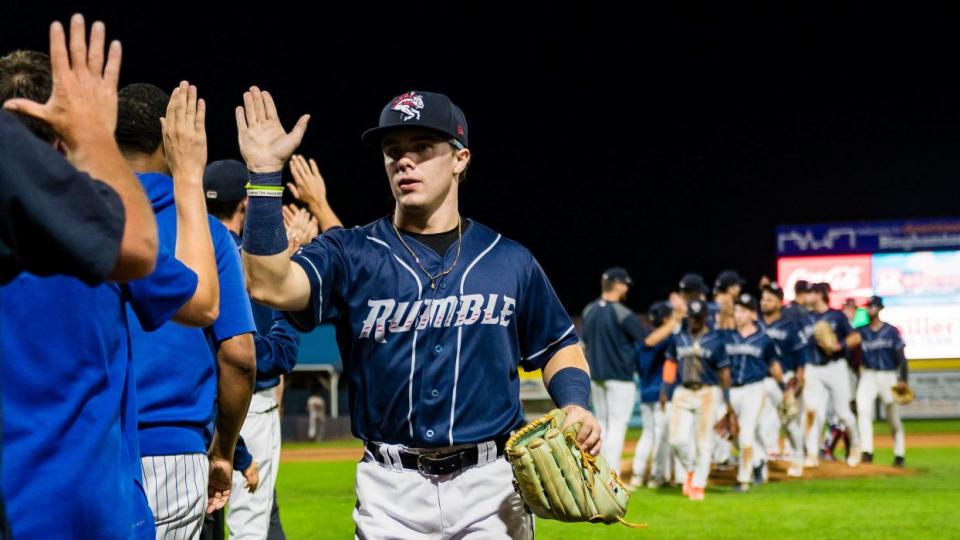
OF Drew Gilbert
The headlining piece of the trade that sent Justin Verlander to the Astros is a prospect whom Stearns confirmed would start the 2024 season in Triple-A.
Gilbert hit the ground running after joining the Mets organization, with a .984 OPS in Double-A Binghamton.
With the Mets' current outfield situation, whether that is the injury risk with Starling Marte or a defense-first player in Harrison Bader who could easily shift to a fourth outfielder role, there is an opportunity for someone from the farm system to crack the outfield this year.
Gilbert is the best fit for this, as he can play all three outfield spots with enough range to handle center field and enough arm to handle right field.
He is the type of player who may not have a single elite trait, but he does everything well and brings high effort and baseball IQ.
If Gilbert performs at the Triple-A level, he is someone I could see being up in the first half of the season and getting run as a near-everyday outfielder.
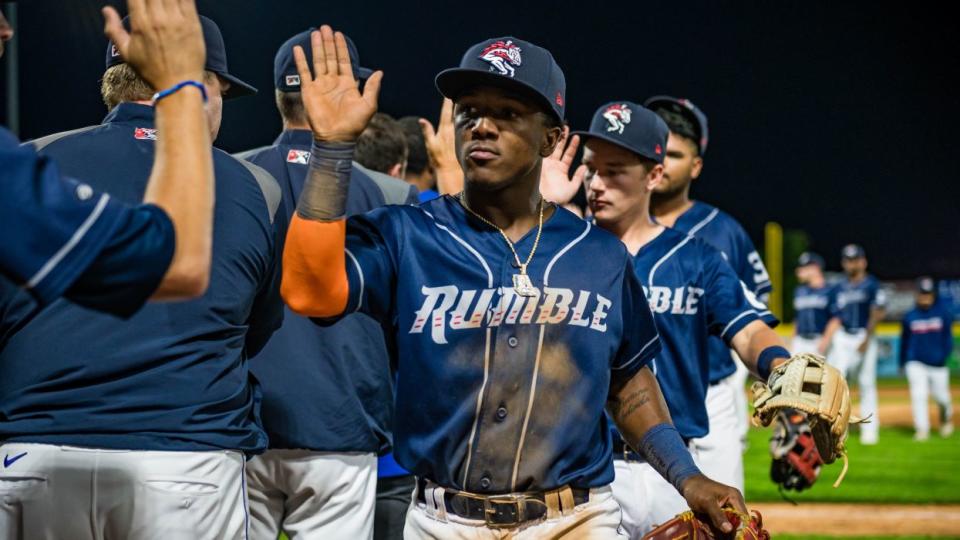
INF Luisangel Acuña
The return in the Max Scherzer deal may not have quite as clear a path to a call-up as Gilbert, but Acuña has things working in his favor.
He is already on the 40-man roster, which makes a call-up easier from a roster management standpoint. He also is expected to begin the season at Triple-A.
Offensively, he is a bat-to-ball hitter with improving plate discipline but lacks much home run power. He is a plus athlete, and that shows on the basepaths with 30-plus-stolen-base potential at the next level.
Where his path isn’t crystal clear, as we stand today, is on the defensive side of things. Most scouts believe that his long-term home is at second base.
The Mets currently plan to have Jeff McNeil primarily playing second base, but he has the versatility that, if Acuña pushes their hand, they can shift McNeil to third base or the outfield.
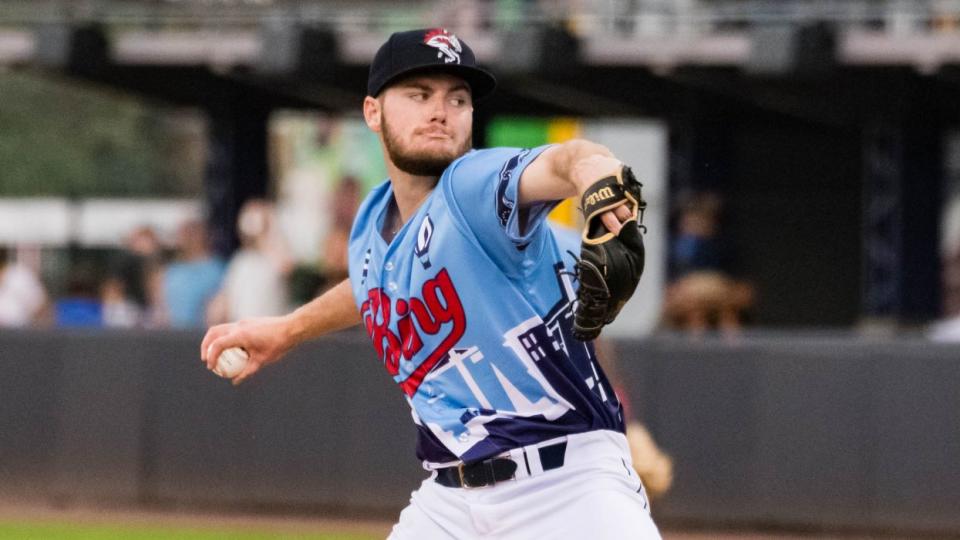
RHP Christian Scott
Scott, the Mets' 2023 organizational pitcher of the year, is going to enter the 2024 season as the top pitching prospect in the Mets system for SNY.
Across three levels of the Mets' minor league system, reaching Double-A, he posted a 2.57 ERA in 19 starts with 107 strikeouts and only 12 walks in 87.2 innings.
The former fifth-round pick from the University of Florida was a reliever in college and was more of a sinker/slider pitcher who pitched to contact.
The Mets have transitioned him into a starter in pro ball and, after a couple of years, he really seems to have found his groove. He has a fastball that sits 93-95 mph, touching 98 with life and command. He has a second swing-and-miss pitch with his slider, and he is tinkering with things to develop a third average-or-above pitch.
Scott is still new to starting and has a fresh arm in the sense of not having a lot of innings built up on it. He has shown a good blend of pitch ability as well as checking out in a meaningful way on the analytics side.
One scout told me that Scott could be the first among the organization’s top pitching prospects to crack the big leagues in 2024. Depending on how the rosters shake out, Scott will begin the year in either Triple-A or Double-A.
Given the short-term acquisitions made for the rotation this offseason, Scott and others will have a chance to get looks this summer.
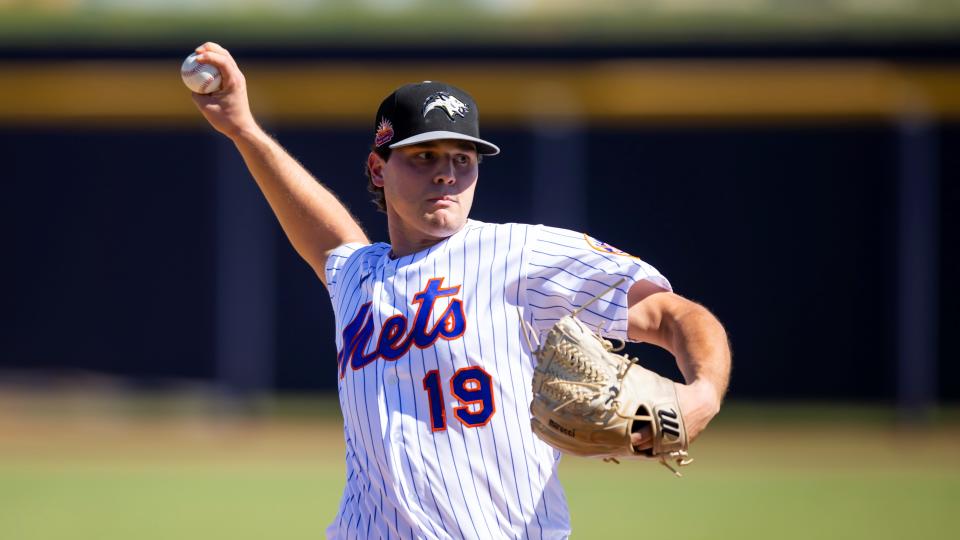
RHP Mike Vasil
When I say others, the first name I think of is Vasil, who has already reached Triple-A. Vasil was a top-25 prospect in the 2018 MLB Draft, but he withdrew to fulfill his commitment to Virginia.
He did not perform in college like he had expected, as he had visions of making himself a No. 1 overall pick. In the 2021 draft, he fell to the Mets in the eighth round.
Like Scott, Virginia had switched up Vasil’s repertoire to pitch more to contact and induce ground balls with a sinker as his primary pitch. After the Mets brought him in, they switched him back to his high school repertoire with a four-seam fastball that will touch 96 mph.
He supports the fastball with three secondary pitches in a cutter, curveball and change-up. Vasil may lack that true plus pitch, but he has a solid four-pitch mix that he can locate.
His walk rate did spike up in Triple-A, but part of that is adjusting to the automated balls and strike system (ABS) that is still being worked on at the minor league level. He may project more as a No. 4 type of starter, but as you have seen this offseason, No. 4 starters are making upwards of $14-16 million per season.
He will start the season at Triple-A and simply be a call away when a need in the rotation opens.
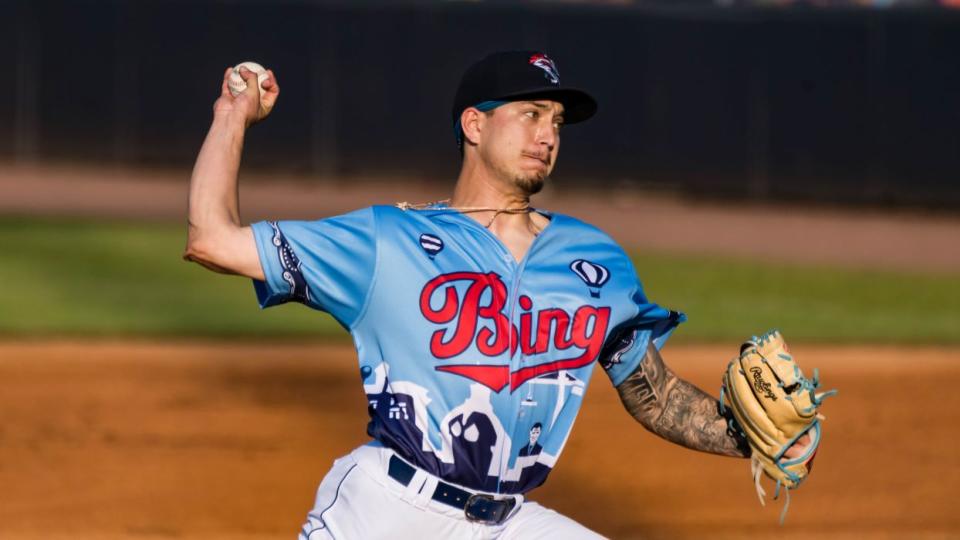
RHP Dominic Hamel
I have long been high on Hamel, as he has -- to me -- a lot of similar characteristics to his stuff that former Met Seth Lugo does.
Hamel knows how to spin a ball, with a high-spin mid-90s fastball that will reach 20 inches of induced vertical break. That vertical break is what makes the ball appear as if it is rising to the hitter and helps miss the barrel of the bat.
His best pitch might be his 3,000-rpm slider he will throw in the 82-84 mph range and generate swings and misses.
He introduced a cutter along with his curveball this year, which both need work to be a reliable third pitch.
Hamel has a starting pitcher’s tool kit but will need to put it all together to become a big-league starting pitcher.
Another area that the Mets are still looking to address is the bullpen. And while they will add from outside the organization, the Mets need to start developing relievers of their own.
If Hamel does not make the necessary growth with his third and fourth pitches, he can become a potential high-leverage reliever with the flexibility to pitch multiple innings using mostly his fastball and slider. He also has the attitude and swagger of a reliever, being the ultimate competitor and a bulldog on the mound who goes after hitters aggressively.
I would expect Hamel to start the season in Triple-A in the rotation, but the bullpen is also an option to get a promotion sometime this year and provide something that the Mets have not developed in some time -- a true homegrown reliever.

